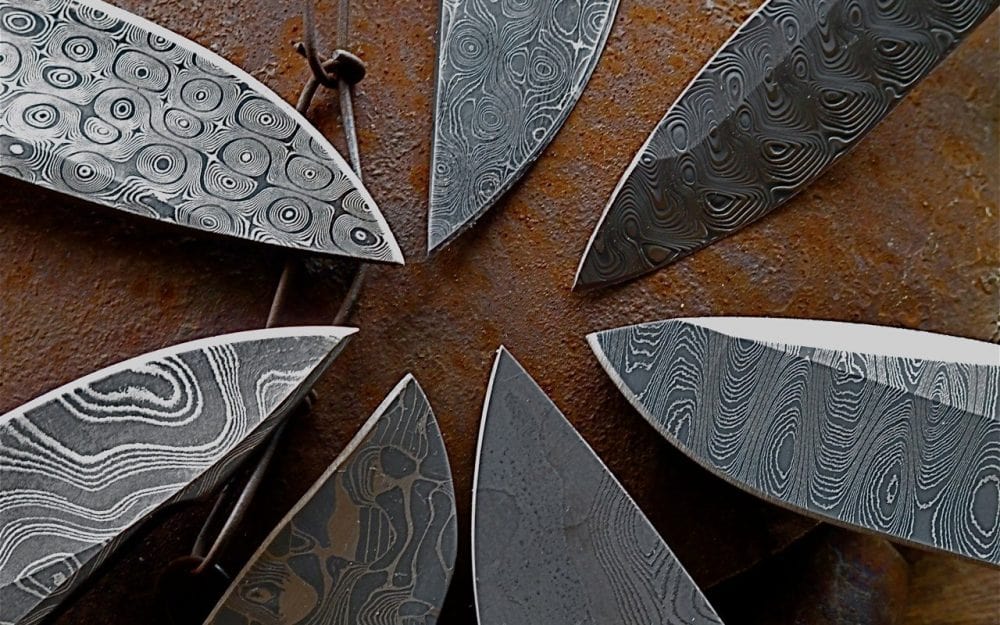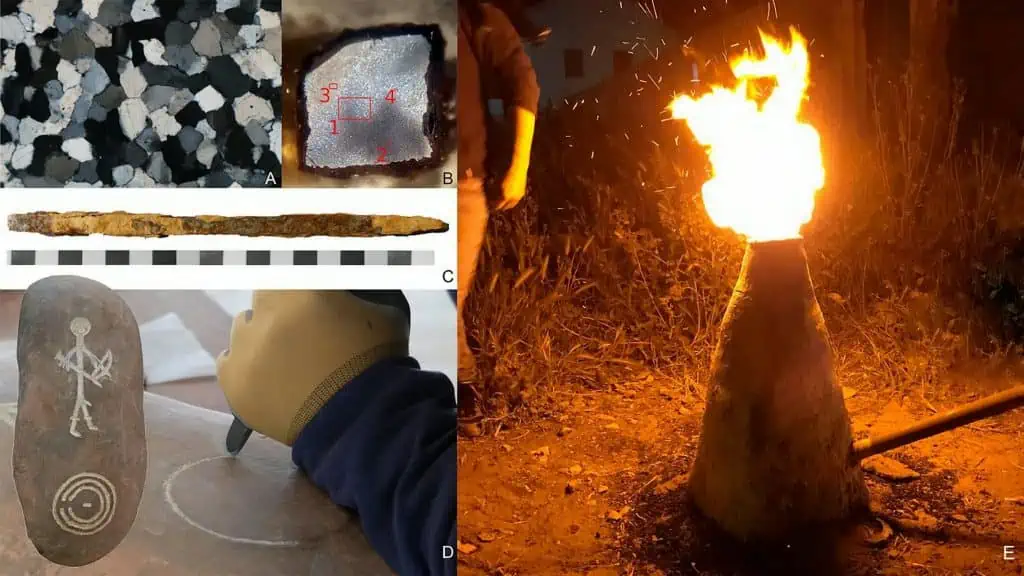Analyses of a 2,900-year-old iron chisel from Portugal revealed surprisingly high-quality steel

Steel tools were believed to have only become widespread in Europe during the Roman Empire, but a recent study shows that steel tools were already in use in Europe around 2,900 years ago, during the Final Bronze Age.
The study, conducted by researchers from the University of Freiburg, sheds new light on the early history of steel production in Europe. A study by an international and interdisciplinary team headed by Freiburg archaeologist Dr. Ralph Araque Gonzalez from the Faculty of Humanities has proven that steel tools were already in use in Europe around 2900 years ago.
Using geochemical analyses, the researchers were able to prove that stone stelae on the Iberian peninsula that date back to the Final Bronze Age feature complex engravings that could only have been done using tempered steel.
Ancient Iberian stelae, upright monuments typically inscribed with information in the form of text, images, or a combination of the two, were found to be made of silicated quartz sandstone after the researchers conducted geochemical analyses.

Photos: Rafael Ferreiro Mählmann (A), Bastian Asmus (B), Ralph Araque Gonzalez (C-E)
“Just like quartzite, this is an extremely hard rock that cannot be worked with bronze or stone tools, but only with tempered steel,” said Araque Gonzalez.
The researchers examined an iron chisel from the Final Bronze Age that was also discovered in Rocha do Vigio, Portugal, to confirm their suspicion that these monuments were etched with steel tools. To work with the tough silicated quartz sandstone, they learned that the chisel was made of heterogeneous but remarkably carbon-rich steel.
More:
https://arkeonews.net/analyses-of-a-2900-year-old-iron-chisel-from-portugal-revealed-surprisingly-high-quality-steel/

